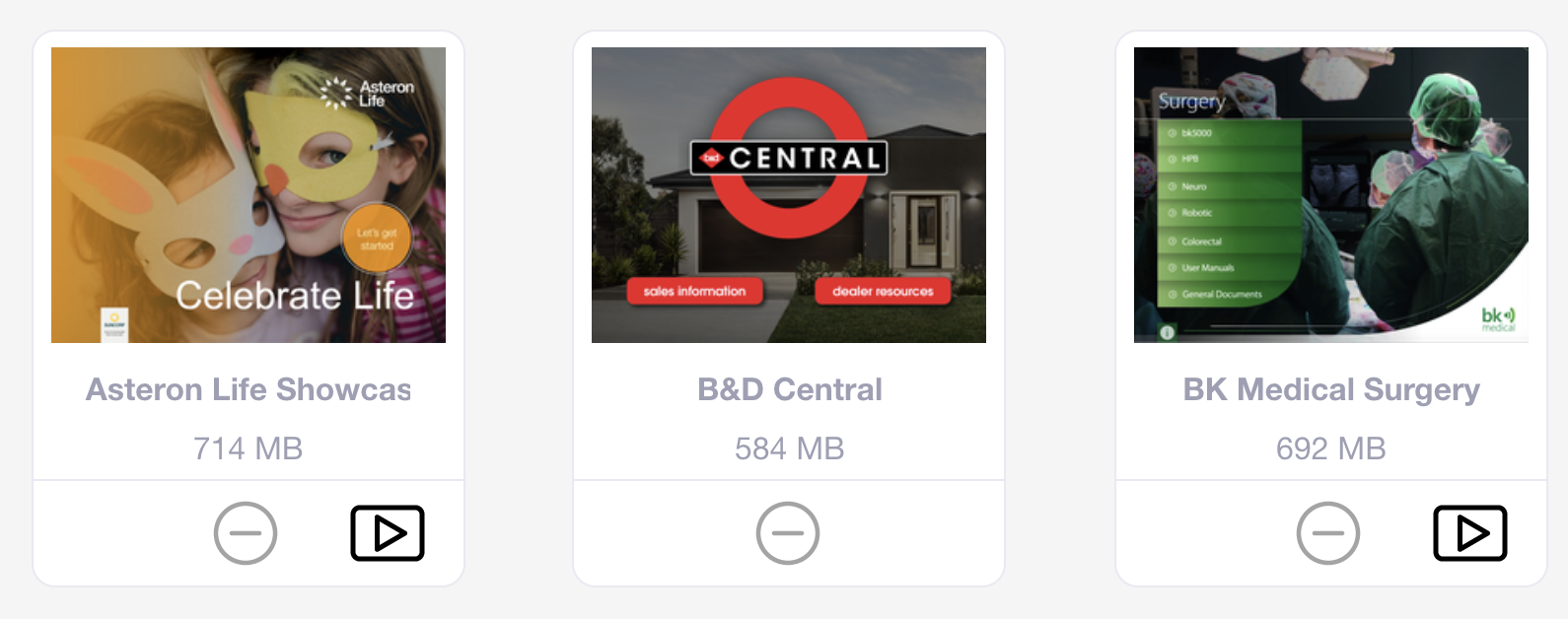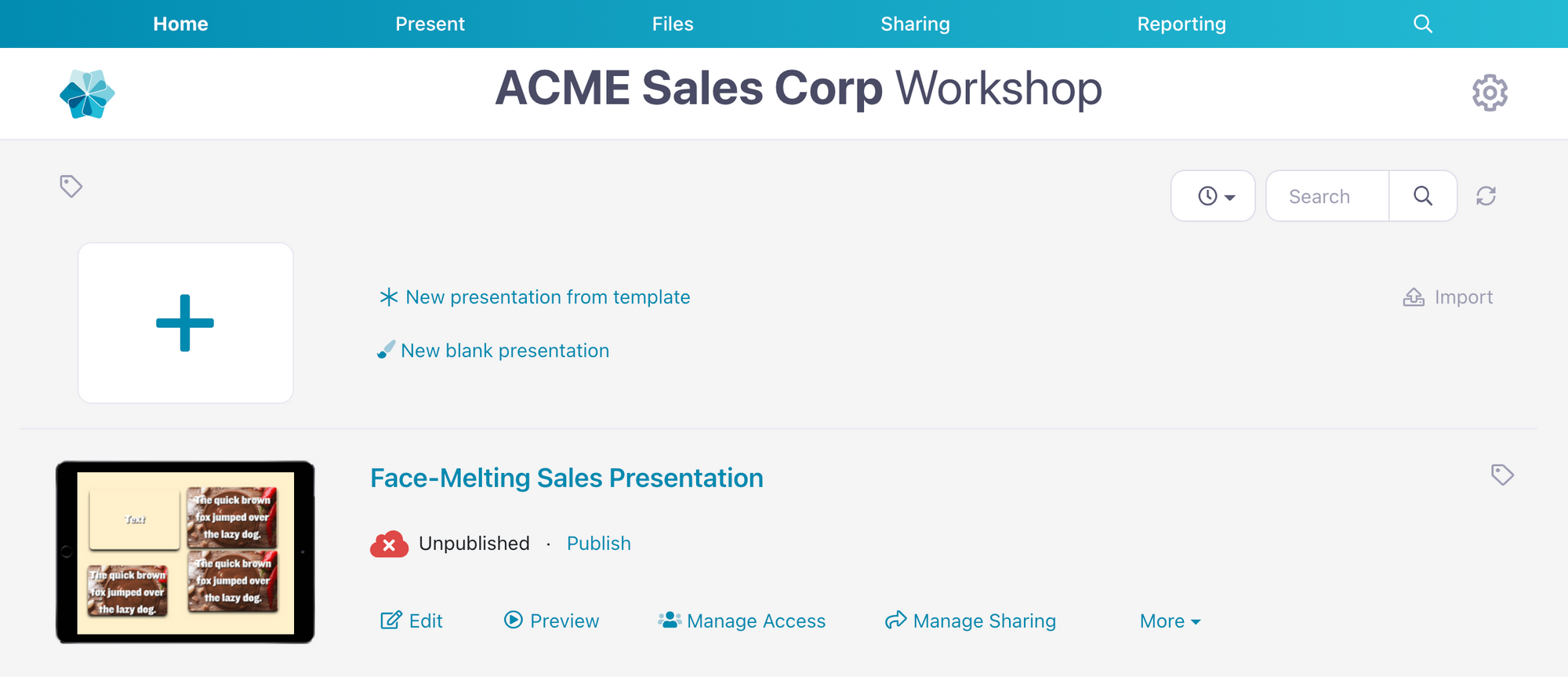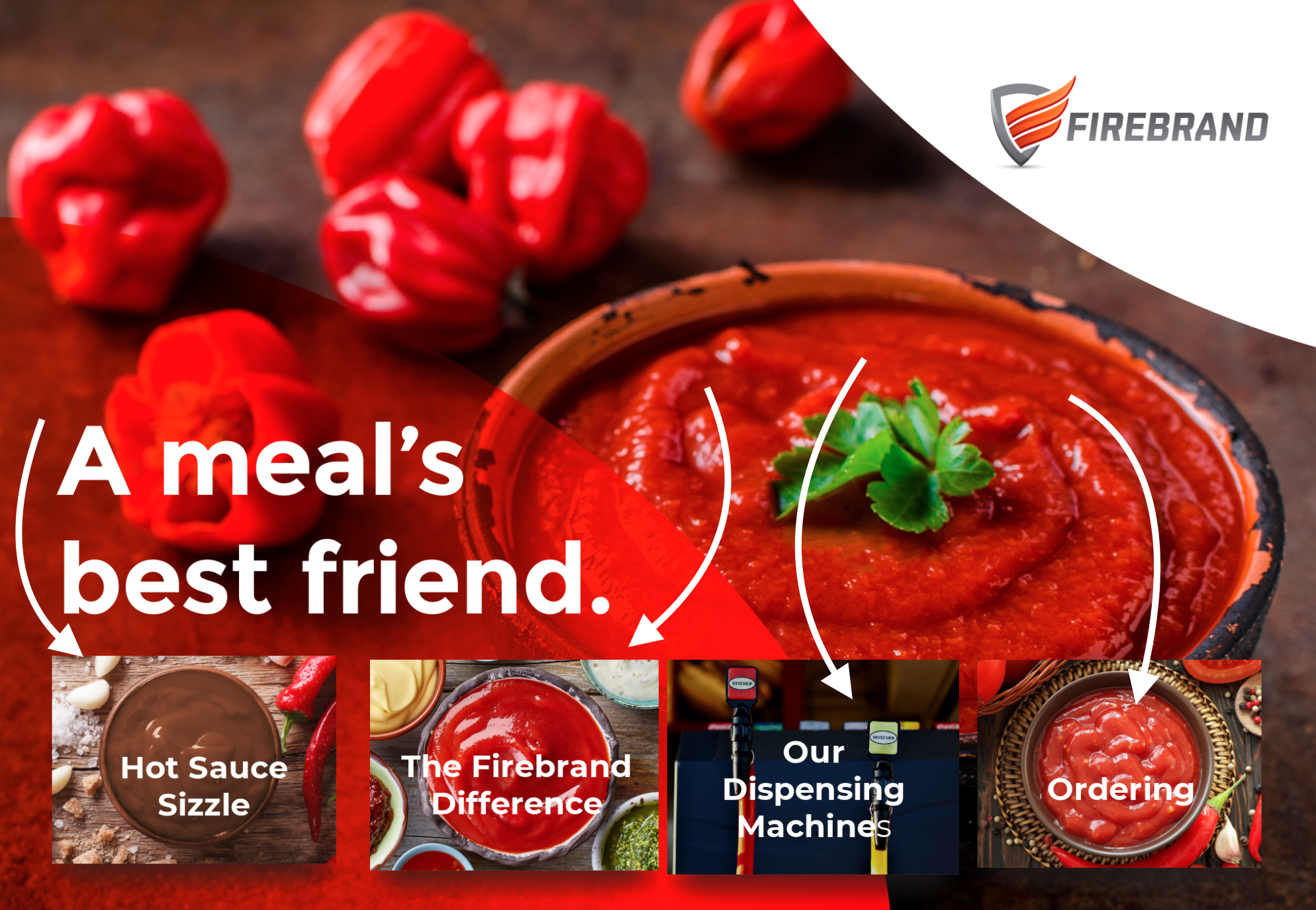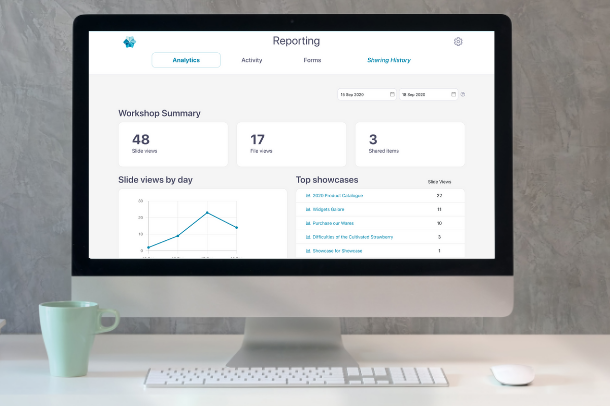When you work at a company day in and day out, you develop a certain way of talking about your product or service. You use certain words that make perfect sense to you and your team — but they don’t always translate for your customer. Today, I’ll be walking you through some of the lingo we use here at Showcase Workshop so you know what we’re on about the next time we talk.
This is the first in an ongoing series highlighting questions or issues that we see most often. We’ve got a comprehensive Knowledge Base covering nearly everything you need to know about Showcase and I highly recommend checking it out if you run into problems.
But sometimes you don’t know what to search for or even that we’ve written an article about the specific problem you’re experiencing. In this series, we’ll be delving into the nuts and bolts of Showcase Workshop and giving you some useful tips for getting the most out of the app!
Now, let’s get into some Showcase slang, shall we?
"Presentation"
If you've been around a while you may remember when we used to refer to these as "a showcase".
Yeah, it was confusing!
We streamlined that and now referring to the collection of media assembled in our app as a "presentation". Like any normal person would.
Your presentations might be a digital brochure, or training manual that you’ve created with our app. It’s the set of slides that contain hotspots and links to custom content (more on that below).

"Workshop"
We’ve covered the first half of our name, so it must be time to do the second!
A "Workshop" is the overarching account where your content lives. When you sign up for a 14-day free trial, you get a brand new Workshop especially for you and your company. This is where you create and view your presentations, and where you add users to your company’s account so they can see your content too.
Most of the companies we work with have one Workshop, but larger companies may have more than one. If you’re a member of more than one Workshop, we keep the content completely separate but you can switch between them at any time.

"Hotspot"
A hot what?
Good question!
A "hotspot" is an area on a presentation slide that users click or tap to get to another part of the presentation. Hotspots can link to another slide, document, video, or even an external URL.
Hotspots are the basis for all navigation in your presentations. They allow you to add new layers, link to content, and provide access to your files.
Think of it like a button that leads to another part of your sales presentation or digital brochure.

Showcase Workshop "website" or "web app"
This is a tricky one because technically the website and web app are two separate environments, but they're easily confused.
We’ve got a beautiful website that you can find at showcaseworkshop.com; it's filled with information that new customers need to sign up with us.
The web app, on the other hand, is the online environment for existing users — it’s the one you log into with your username and password. You’ll find this one at app.showcaseworkshop.com (a subtle difference, I know).
As the name suggests, it’s a version of the Showcase Workshop app that’s available online through your web browser.

This is where the magic happens.
It’s where Admins and Editors build presentations, manage users, view analytics, and adjust workshop settings. Viewers can also use it to view and share presentations — just like they would on their phone or tablet.
"Showcase Workshop app"
The official Showcase Workshop app is slightly different from the web app in that you have to download it to your device (your smartphone, tablet, or computer). You’ll find it in your device's app store and install it in the same way you’d install Instagram or Spotify.

This is where most Viewers use Showcase. You can download presentations directly to your device so you can use them offline, making them fully mobile and perfect for selling whenever, wherever.
The main difference between the web app and the device apps is that you can't create or edit presentations or workshops on your device. You need to use the online platform to do that (which also means you need an Internet connection — unlike the app on your device!)
Hopefully this article has cleared up some of your burning questions. If there are any terms you're still unsure about — or if you've got a question you think we should cover in a future article — drop us a line!
Header image by Camylla Battani on Unsplash